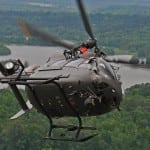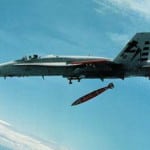
Chief of Naval Operations (CNO) Adm. Lisa Franchetti used her Navigation Plan (NAVPLAN) to target achieving readiness for potential war with China by 2027. The NAVPLAN is a strategic guidance document published by the top Navy officer, allowing them to share their vision and provide a direction they will push the service toward. This latest plan was released on Sept. 18. Franchetti wrote that the previous 2022 NAVPLAN outlined 18 critical lines of effort to move towards warfighting advantage and…

 By
By 











